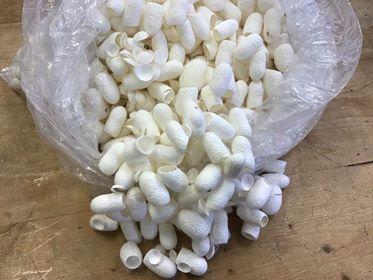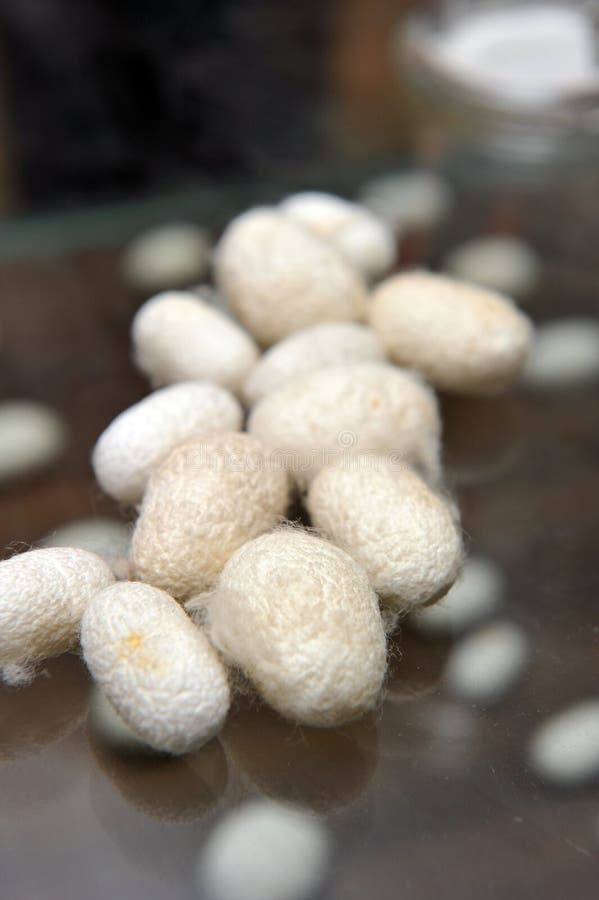

Their eggs typically hatch within 9 to 12 days, meaning there can be up to eight generations of larvae throughout the year. In addition, there are polyvoltine silkworms, only found in the tropics.

Bivoltine varieties are normally found in East Asia, and their accelerated breeding process is made possible by slightly warmer climates. Univoltine eggs must hibernate through the winter, ultimately cross-fertilizing in spring. Univoltine silkworms produce only one brood a season, and they are generally found in and around Europe. Mulberry silkworms can be divided into three major categories based on seasonal brood frequency.

: 342ĭomestic silk moths are very different from most members in the genus Bombyx not only have they lost the ability to fly, but their color pigments have also been lost. mandarina can still breed and sometimes produce hybrids. Before then, the tools to manufacture quantities of silk thread had not been developed. Silk moths were unlikely to have been domestically bred before the Neolithic Age. The domestic silk moth derives from Chinese rather than Japanese or Korean stock. The domestic silk moth was domesticated from the wild silk moth Bombyx mandarina, which has a range from northern India to northern China, Korea, Japan, and the far eastern regions of Russia. Sericulture, the practice of breeding silkworms for the production of raw silk, has been under way for at least 5,000 years in China, whence it spread to India, Korea, Nepal, Japan, and the West. Wild silk moths (other species of Bombyx) are not as commercially viable in the production of silk. Domestic silk moths are entirely dependent on humans for reproduction, as a result of millennia of selective breeding. A silkworm's preferred food are white mulberry leaves, though they may eat other mulberry species and even the osage orange. It is an economically important insect, being a primary producer of silk. The silkworm is the larva or caterpillar of a silk moth. It is the closest relative of Bombyx mandarina, the wild silk moth. The domestic silk moth ( Bombyx mori - 'Mulberry Silkworm') is an insect from the moth family Bombycidae.

"Silkworm" in seal script (top), Traditional (middle), and Simplified (bottom) Chinese characters


 0 kommentar(er)
0 kommentar(er)
